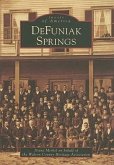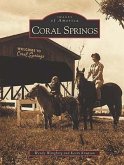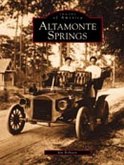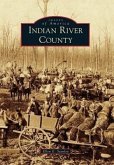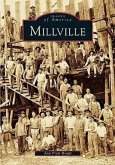Before the arrival of Spanish and French explorers, Green Cove Springs was inhabited by various groups of the Timucua Indians. When Spain relinquished Florida at the end of the French and Indian War, British aristocrats established several large rice and indigo plantations. During the 1850s, Magnolia Springs become a popular winter resort when Dr. Nathan Benedict of New York established the first hotel around 1853. After the Civil War, the area become popular with northern citizens, and Magnolia Springs boasted of having the largest and most opulent hotel, while Green Cove Springs contained eight hotels and the famous spring from which the town drew its name. Since 1871, Green Cove Springs has been the county seat of Clay County. Over time, the town saw itself become a large winter resort and home to one the navy's largest mothball fleets after World War II. Today the hotels and navy are gone, but it remains the county seat with a thriving community and small-town charm.



